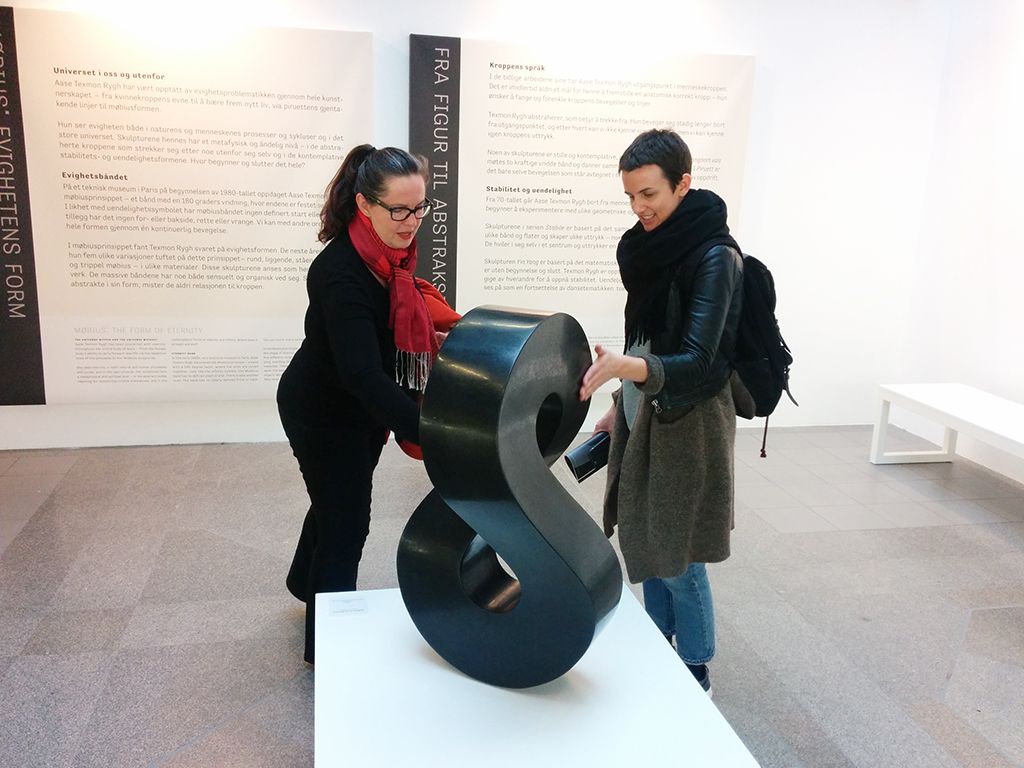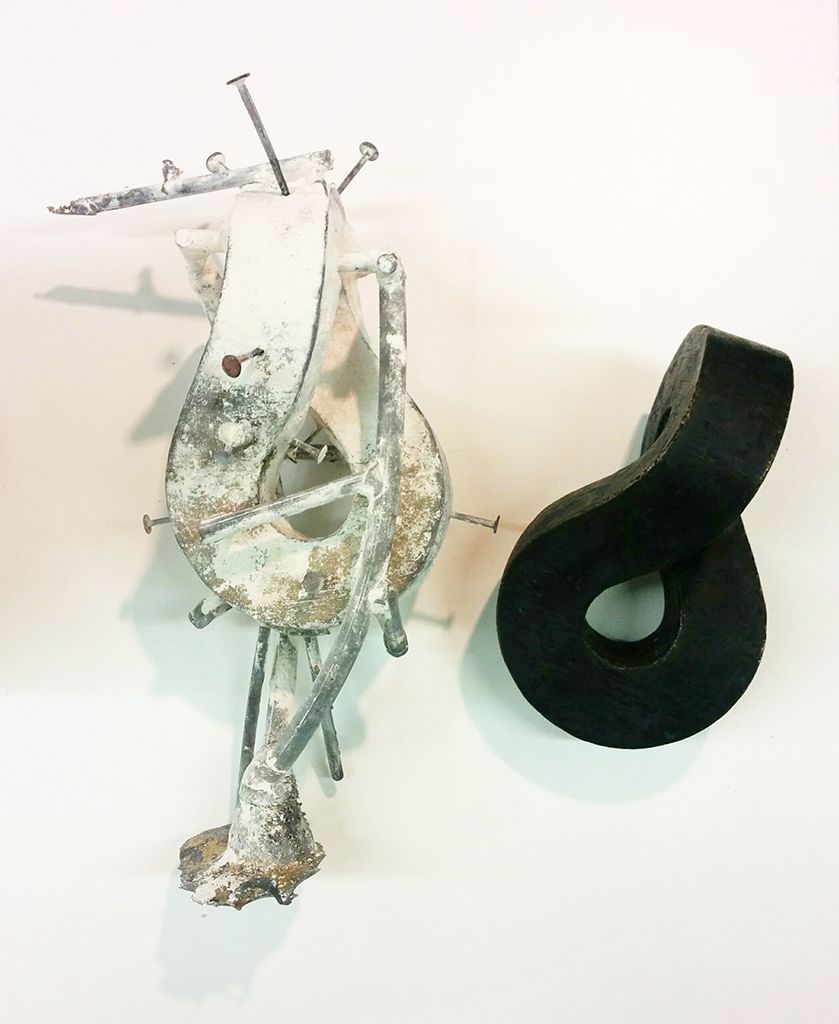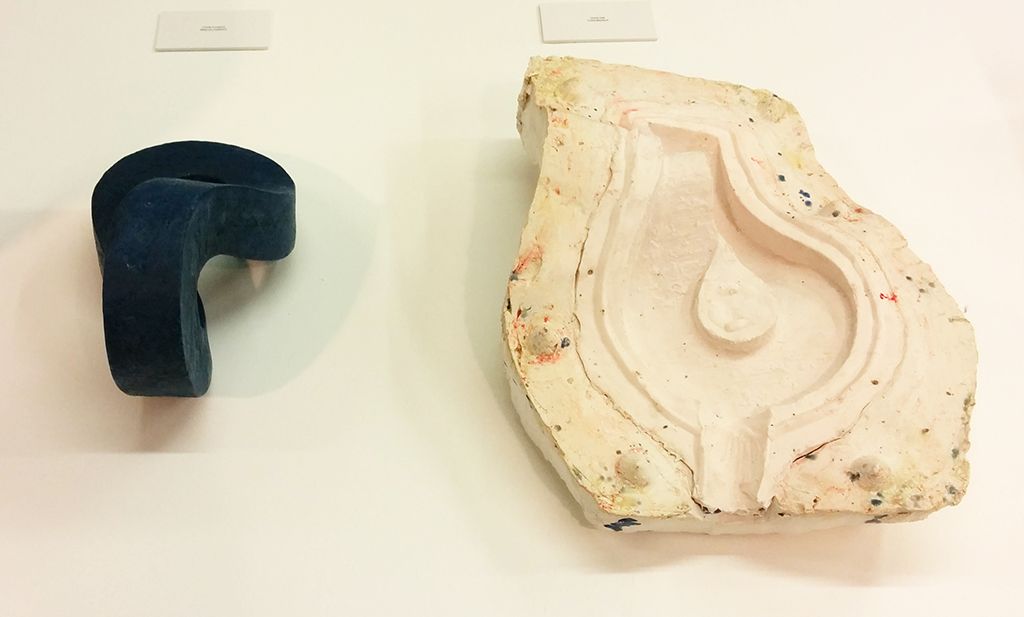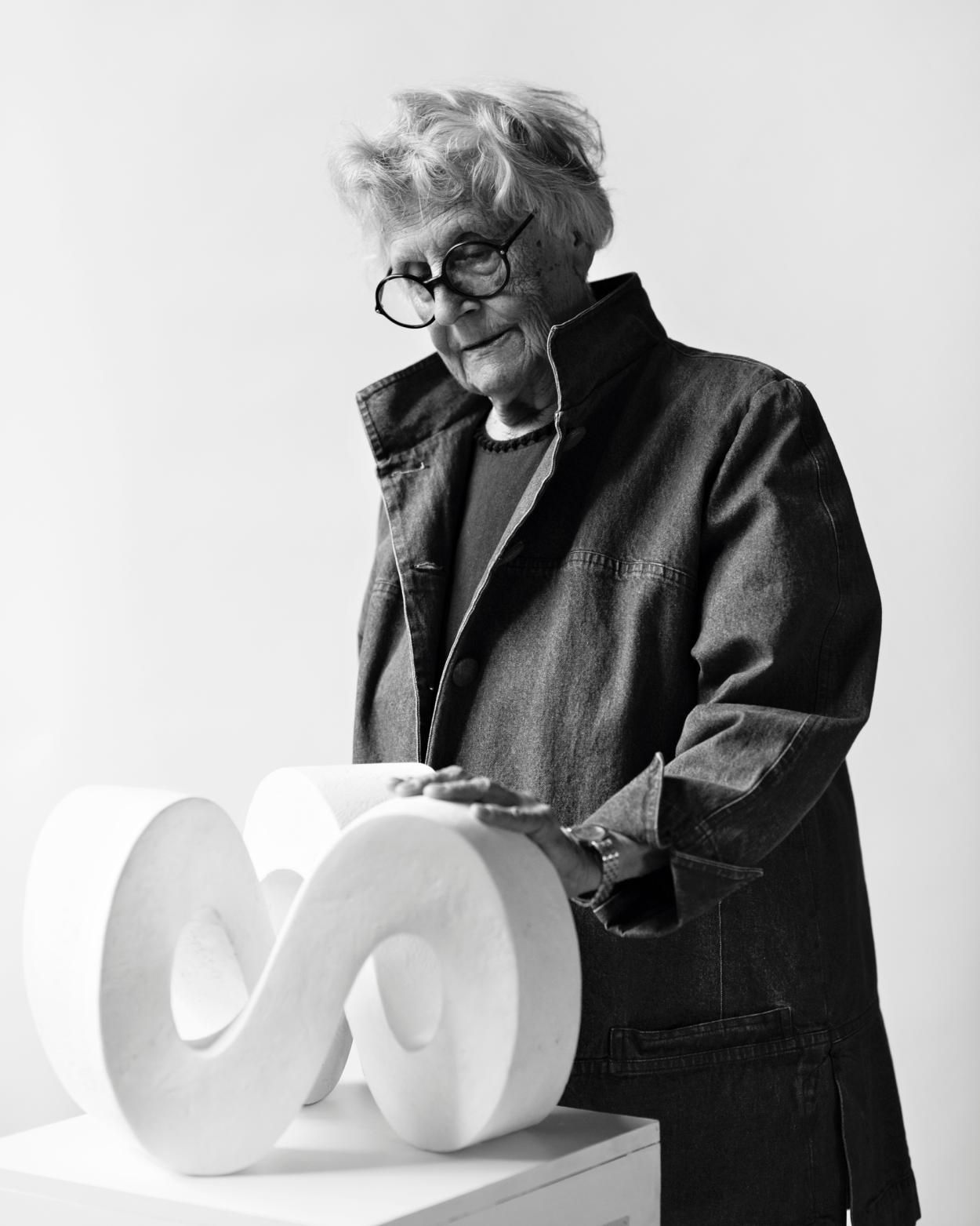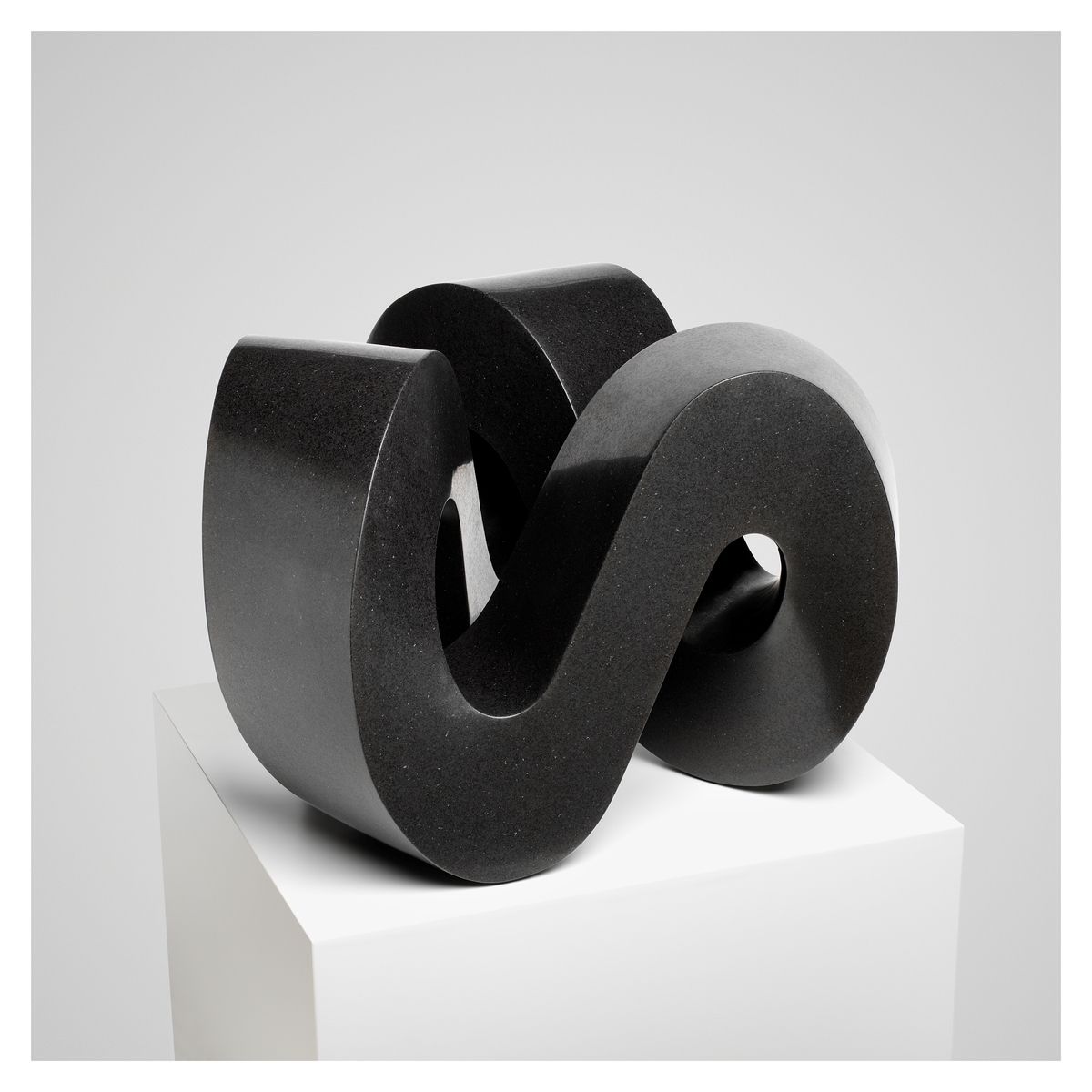Right! Judith Bernstein immediately comes to mind as a perfect example. Largely ignored throughout her prolific career, she has only within the last decade begun to be recognized as an important and unique voice in the American and Feminist art post 1960. When asked about the recent interest in her work, she humorously but seriously said "the art world loves old women!" Of course Bernstein (born in 1942) is a generation below Texmon Rygh, but this trend of ”discovering” little known women artists extends beyond any specific genre, be it artistic movement, time period or media. Of course there are widely recognized female artists across the board, and it’s a continuum – some are more or less well-known than others, but there are many who have yet to become household names. From MoMA to Tate to Moderna Museet and beyond, we’ve seen recent exhibitions including a wide range artists such as Hilma af Klint, Sturtevant, Lygia Clark, Elaine de Kooning, Jay DeFeo, Joan Mitchell, Nasreen Mohamedi, Carmen Herrera, Agnes Martin of course…. And thankfully in this same vein, institutions have also been turning attention female artists of color like Howardena Pindell and Lorraine O’Grady. At the Kunsthall, where I work as a curator and Exhibitions Manager, we’re currently working on an upcoming exhibition of work by the Austrian artist Kiki Kogelnik…the list goes on an on. Everything from Abstract Expressionism to Modernism to Minimalism to Pop Art and beyond. Returning to Texmon Rygh and the works on display at Sølvberget, the exhibition focuses mainly around her major works: the so-called Mobius Sculptures. According the the exhibition text, she discovered the mathematical mobius principle in the Technical Museum in Paris in the 1980s. A ribbon twisted 180 percent before the ends are attached, provides a form without front or back, inside or outside, beginning or end. Working with this concept over the course of decades, Texmon Rygh has created five variations on this principle: round, standing, lying, double and triple, and has created major works in a variety of sculptural materials. This exhibition includes a sampling of all five variations dotting the gallery on white pedestals, as well as a series of smaller works in glass cases, cast in metal, and even the plaster moulds of some of the forms which gives further insight into the creative process of the artist.


